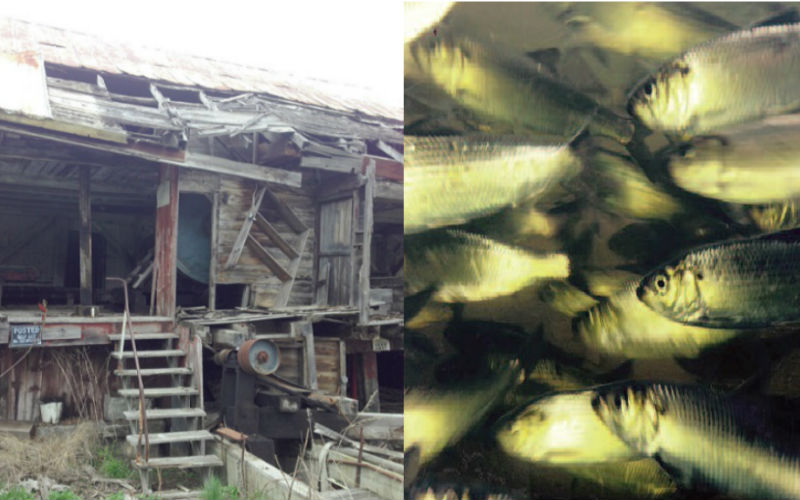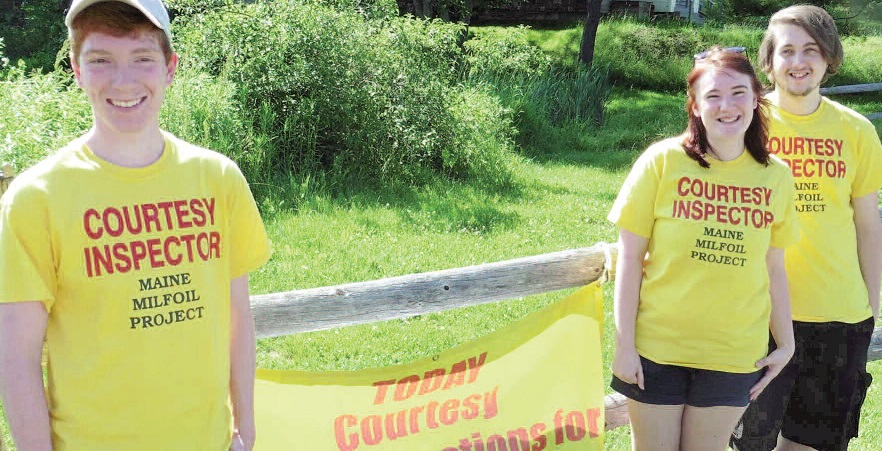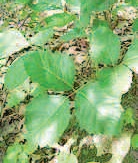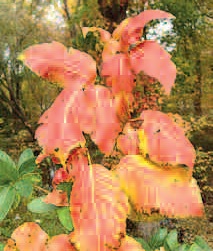
by Marilyn Rogers-Bull & Percy
643-5805
grams29@tds.net
390 South Solon Rd.,
Solon, Maine 04979
Good morning, dear friends. Don’t worry, be happy!
The East Madison Historical Association will be having a yard sale on Saturday, July 2, from 9 a.m. to 3 p.m.
Happyknits, LLC, will be celebrating its second birthday on Friday, July 1, and continuing the celebration on Saturday, July 2, from 9 a.m. – 3 p.m.
This year’s reunion day of Solon Alumni is on July 16 at the Solon Elementary School. 9:30 a.m., starts registration and coffee hour with the business hour starting at 10:30 a.m. The auction will follow the business hour. Please remember your auction item. Last year we made $628 on the auction. Then Murry Bubar sent a check to match the auction funds so we ended up with $1,256. Thank you Murry. Dianne Oliver Poulin was the auctioneer.
Lunch will begin at 1:00 p.m., and will be catered by the Solon 4-H Club.
The class of 1966 will celebrate its 50th reunion. Members are Linda Baiko Lomastro, Terry Cahill, Glenda Foss Atmandi, Alden Mayhew, Richard Poulin, Mark Rogers, Ellery Witham and Gary Withers. So class of 1966, we would like to see you here.
Sixty-two alumni and guests attended last year. The class of ’65 celebrated their 50th with four members, Ann French Jackson, David Heald, Robert Meader and George Dube. Brenda Padham was elected as the new treasurer. Kaitlyn LaCroix received a check from the scholarship fund $1,100. Deaths reported were Harold Tewskbury, class of 1942, Freda Chase Merry, 1945, Beverly Thompson Carter, 1947, Dassie Andrews Jackson ,1947, Jean Hilton Dickey, 1949, Joyce Bubar Dillon, 1953, Paul Savage, 1957, Anne Withers Burkhart, 1959, William Tolman, 1961, Walter Jones, 1969, Mark Myers, 1973, from Carrabec and Herbert Hayden. (The above is the letter sent out to alumni from Linda French, secretary)
In my continuing efforts of getting what I want to save out of my house on Ferry Street, I keep coming across old Dirigo year books. I have quite a few, and will take them to the reunion for anyone who might want one. The oldest is 1954 and had only two graduates, Patricia McCarty and Joseph V. Dore. In this year book there was a column written by Malon P. Whipple, 1903 entitled “A Look at the Future.” Very heartwarming and inspiring. On that same page is this, 1904-1954 written by Ivan M. Dyer, “On this, the 50th anniversary of the Solon High School graduating class of 1904, may I, the only surviving member of that class, have the honor of congratulating the class of 1954 in having reached one of the most important milestones in the making of American citizens. May you go on to greater accomplishments and may each and every one of you always be proud to say, ” I am an American.”
Was given the choice of writing two columns this week or taking a vacation next week, decided I should listen to those who care about me, and say, “You should slow down!” My column won’t be in the July 7 paper.
And, my heartfelt love goes out to all of you who say you love this column, it reminds me that my goal to bring love and sometimes humor, to all that read it each week, is working!
Percy’s memoir: “You have to color outside the lines once in a while if you want to make your life a masterpiece. (words by Albert Enstein.)



















